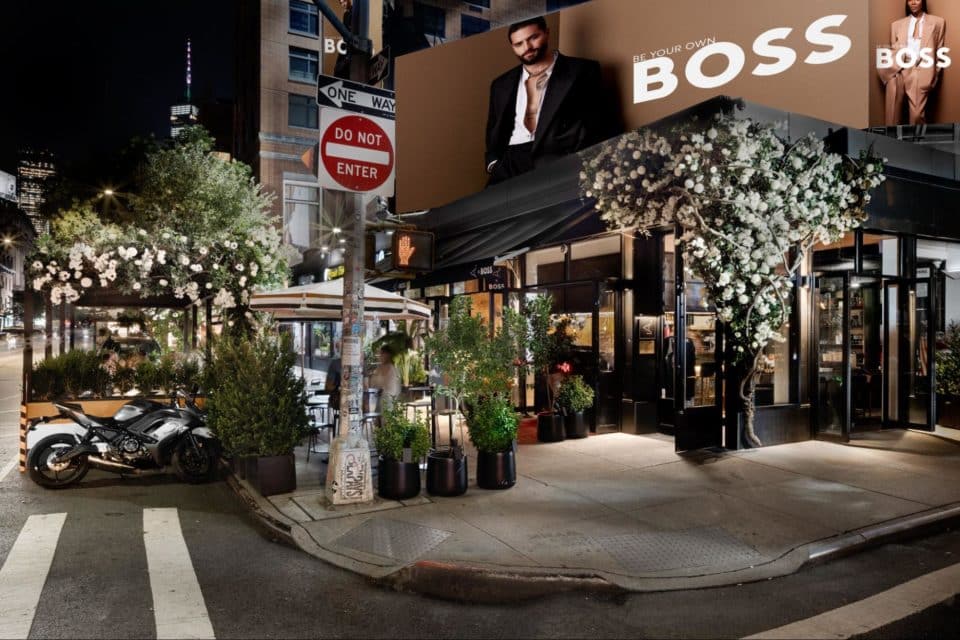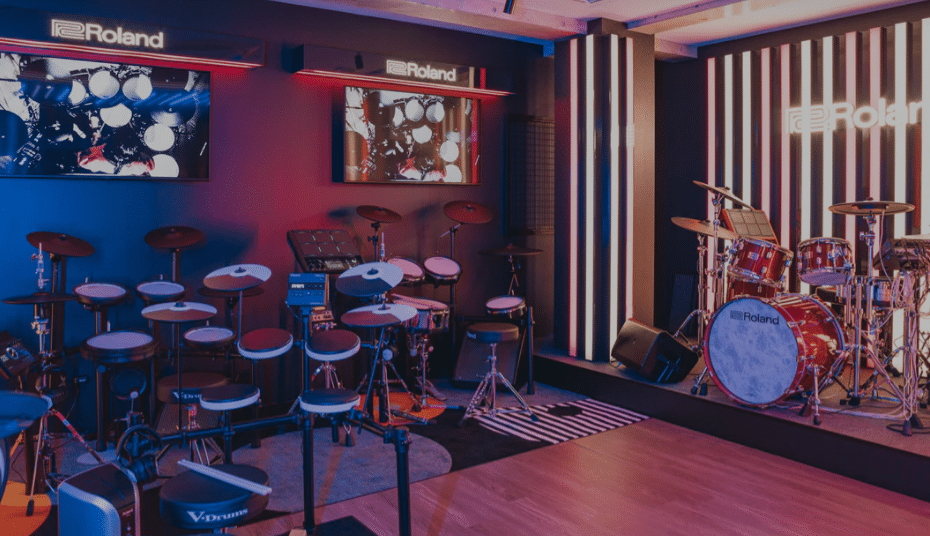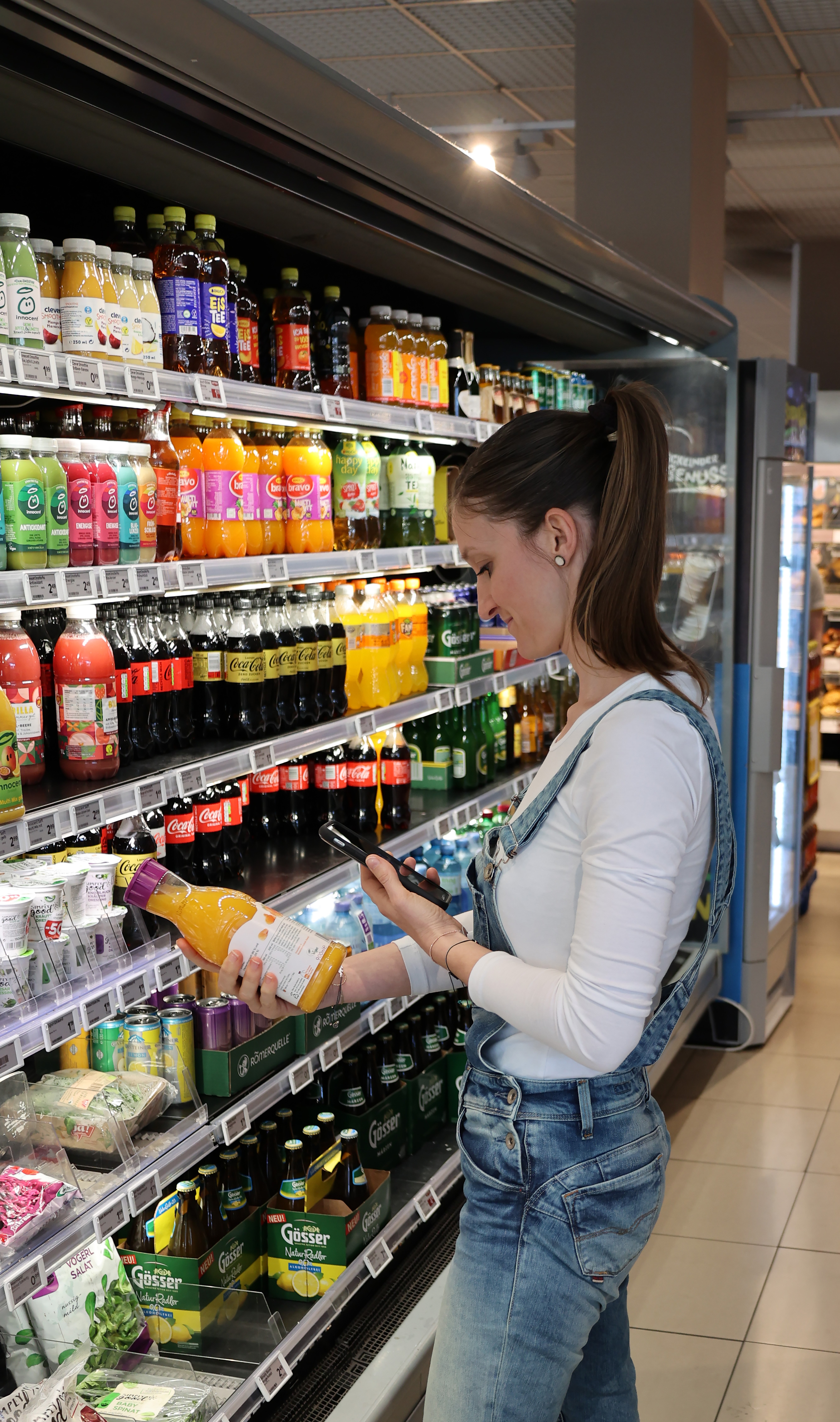How smart friendly robots can transform local delivery
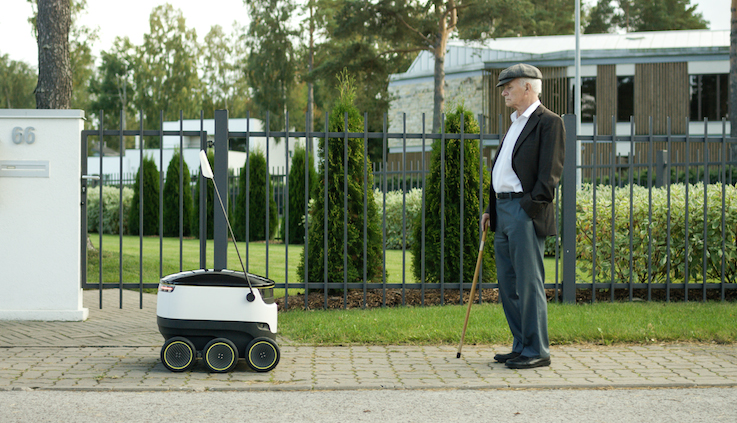
Set up and run by Skype co-founders Ahti Heinla and Janus Friis, Starship Technologies are leading a revolution in local delivery. Introducing “smart, friendly” delivery robots that travel the pavements alongside the general public, they know their location, can navigate pedestrian traffic and leave practically no environmental footprint.
We talked to Allan Martinson, Starship’s COO, on the robots themselves and how exactly they’re set to change delivery for the better.
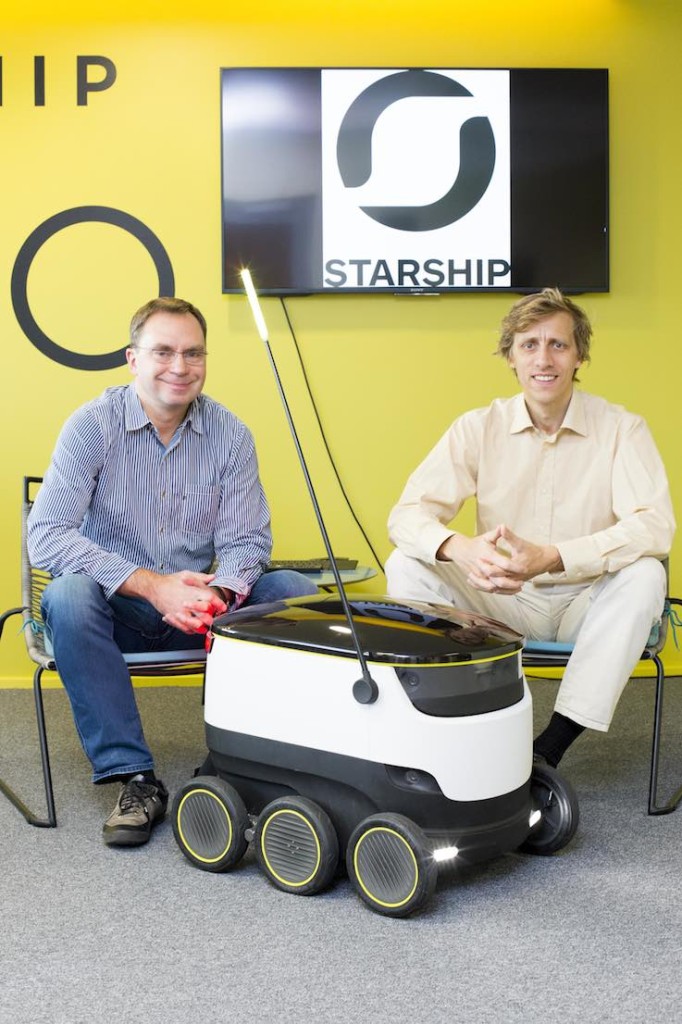
Allan Martinson and Ahti Heinla
What inspired the idea of self-driving delivery robots?
The idea for Starship came in summer of 2014 when two Skype co-founders Ahti Heinla and Janus Friis brainstormed ideas for a new startup. They wanted to do something in robotics as Ahti had been working with a team, participating in the NASA Centennial Challenge.
When going through various ideas it occurred to them that last mile delivery is probably one of the largest non-disrupted industries in the world that could dramatically change by implementing robots.
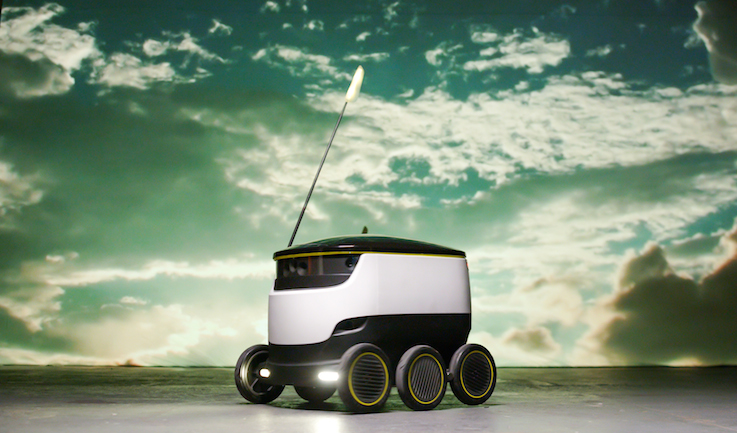
Why do you feel there’s a gap in the market for Starship Technologies now, more than ever before?
We believe that solving the last mile delivery problem is the key for further growth in e-commerce. The consumers want three things from delivery: it must be free, it must come to their doorsteps and they must be able to track where their packages are at any moment.
All delivery firms consider last mile as the most expensive and inefficient part of the e-commerce delivery chain. However, there is almost no room for further cost optimisation. Doing door-to-door delivery with humans will never be efficient, and time is ripe to automate that.
Starship allows radical cost improvement (from $3 to $20 per delivery to sub-$1) with dramatic increase in convenience (delivery in 15 to 20 minutes within 5 minute delivery windows, as well as the possibility for easy e-commerce returns).
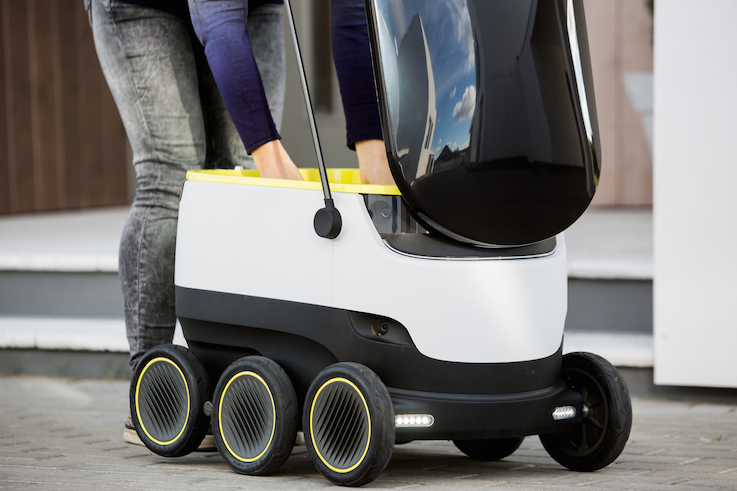
How do you see your innovations changing the delivery landscape?
We will allow the delivery and e-commerce firms to skip the last mile door-to-door component and instead deliver packages in bulk to our delivery stations, or hubs. The robots will bring the packages to consumers from those stations when it is convenient for recipients.
Robotic delivery platform allows also several further innovations: robotised grocery stores, laundries and rental stations, easy return and new forms of food delivery. All of that in 15 to 30 minutes, almost free of charge.
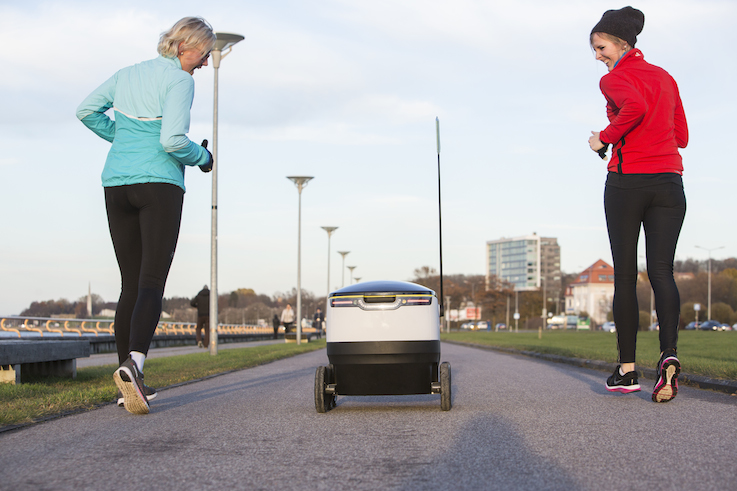
Could you talk a little bit about the technical part of the innovation? How do these robots actually work, and how will they blend in with people?
The robots use integrated navigation and obstacle avoidance software that enables them to drive autonomously, but they are also overseen by human operators, who can step in to ensure safety at all times.
It has sensors and cameras to help it navigate its way round the streets and with six wheels is not deterred by rain or snow. Much like a human would sense potential collisions and velocity of moving objects, it detects obstacles and halts at any sign of interference. It drives only 99% autonomously, having had its designated local area mapped and re-mapped to know the exact local layout.
The robot is designed to move at pedestrian speeds so it blends in with its surroundings very well. In fact, during testing, most people didn’t seem to notice the robot. Initial social acceptance testing included driving 200 km and meeting 13,000 people in process. On average, 80-90% of passers-by showed no reaction to the robot whatsoever, while 10-20% expressed a positive reaction.
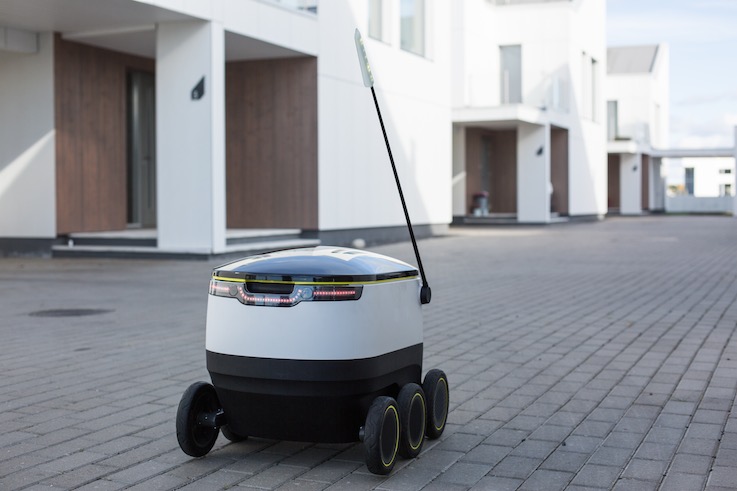
Obviously this is only applicable for local deliveries. How do you see something like this expanding in the future?
We see that the whole delivery chain will ultimately be robotic, including self-driving trucks and vans and also drones that might be well-suited for certain point-to-point deliveries.
Ultimately, the delivery platform will resemble the internet with its back-bone and last mile channels, routers/hub and cloud/warehouses. In 20 to 25 years things will move themselves and we will not think much about how it is happening.
You’ve talked about the concept having zero environmental impact. Are this and sustainability important parts of your business model?
Absolutely. Energy cost forms a really tiny part of our cost structure at below 1%, per delivery. The robots consume less electricity than an electric bulb.
As the Starship robots are 100 times lighter than cars and fully electric, we leave practically zero environmental footprint.
All images courtesy of Starship.
Want to know the very latest retail trends? Insider Trends’ retail presentations offer clarity, insight and inspiration – in an hour or less. Find out more here.

